How Il Bisonte Is Looking Towards The Future With A Nostalgic Lens
Ahead of the launch of the house’s SS23 collection, V sat down with Il Bisonte’s CEO Luigi Ceccon to talk about the legacy of the brand.
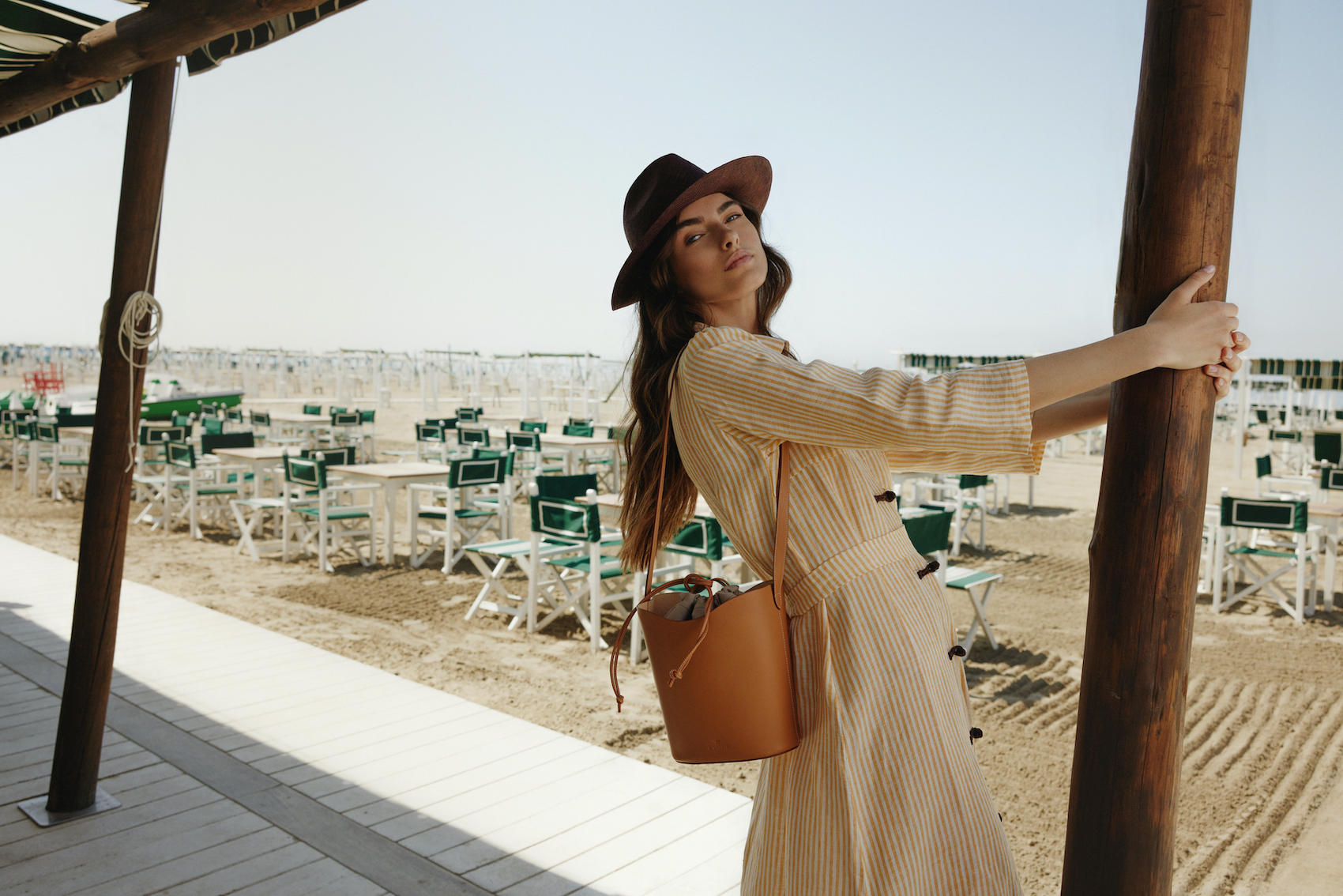
As the saying goes, “Italians do it better.” And it’s certainly the case for Il Bisonte when it comes to leather goods. Founded back in 1970 by Wanny Di Filippo, the Florentine brand sought out to create a wide-spanning range of leather accessories with the idea that these special pieces were meant to last a lifetime. It’s that same notion that carries itself over to the present day, nearly 52 years later, with the same practices it was founded on: quality craftsmanship with a sustainable approach.
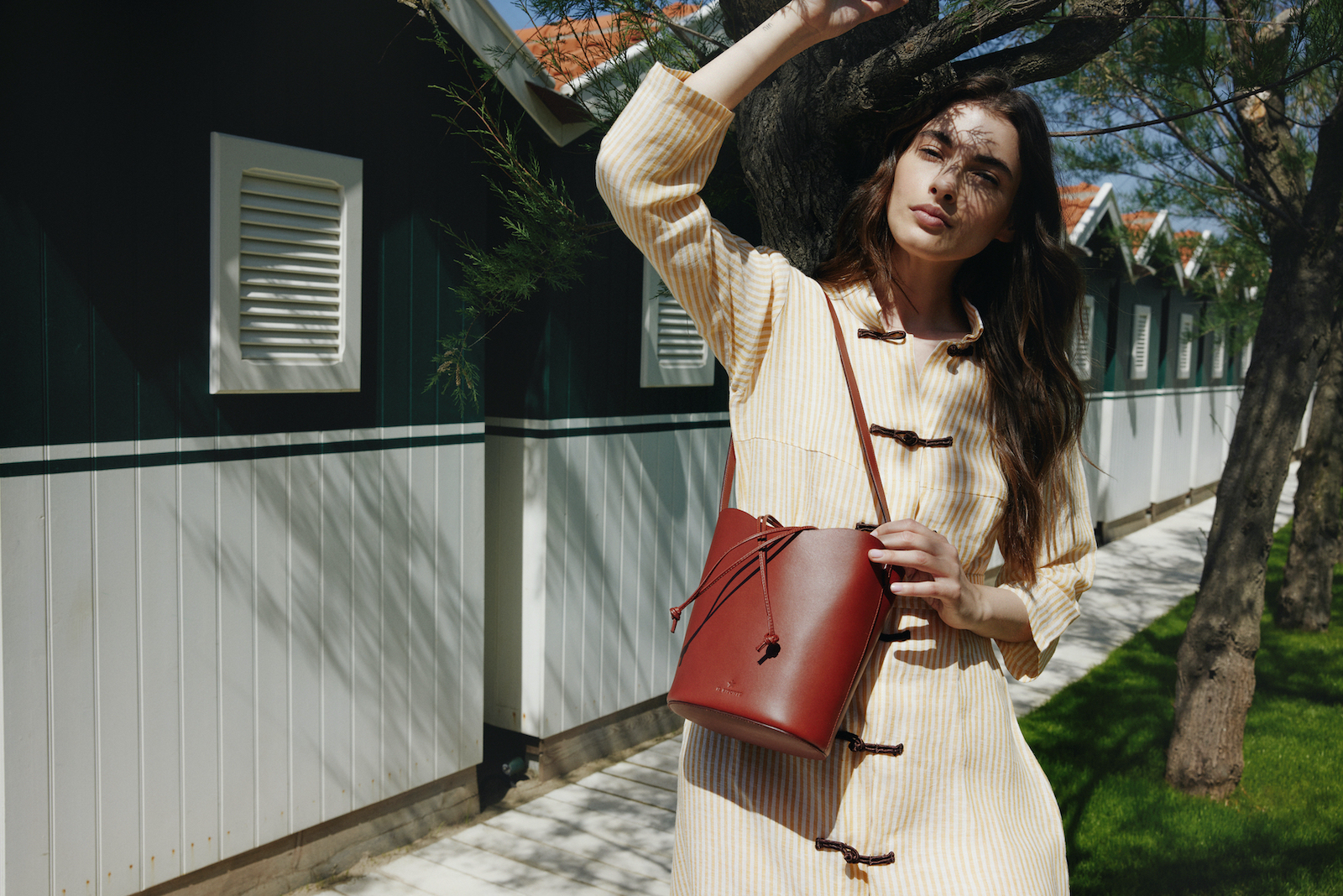
Simply touching, smelling, and using any one of the house’s products and you’ll understand what the brand is all about. With its Pontassieve headquarters based out in the countryside of Florence, a brisk, yet blissfully delicious drive right outside the hustle and bustle of the main city with sweet-smelling farms and locals who greet you at every corner turn, it’s all about localizing its resources and supporting their neighbors–as the brand manufactures all of its good in Tuscany while finishing off each hand done accessory in the factory. Masterfully designed, stitched, cut, and branded by the hands of local artisans, a majorly emphasized detail that the house takes great pride in, each piece isn’t entirely the same–but its the beauty in the slight differences that peek throughout each piece that makes it all special. Now, with the brand seeing its new SS23 collection come to life, a lineup that sees a concentration in shapes and the introduction of juxtaposing materials that compliment the signature vegetable-tanned, cowhide leather while sourcing its inspiration from the wondrous gardens and streets of its hometown, a continuation of the brands core ethos metamorphosizes in front of our very eyes.
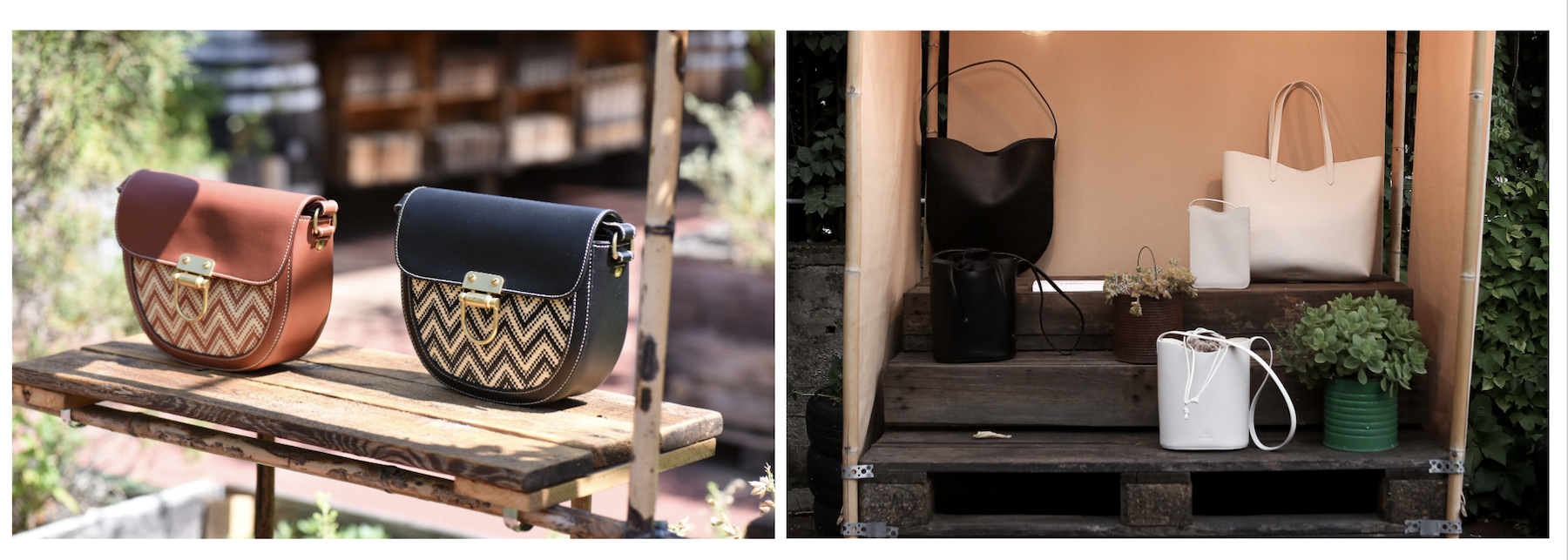
In addition to the new collection, Il Bisonte is also expanding its efforts in its sustainable realm of possibilities with a newly debuted partnership with Orti Dipinti, the Florentine garden oasis, which just so happens to be located around the center of the city and is the only urban garden protected by Unesco. In a new green creative partnership, one that thrives off of shared common interests and morals within environmental ideals, the partnership will provide economic investment for the garden which aims to bring the community around it together to impact awareness for sustainability.
To find out what separates the brand from most eco-conscious labels, Il Bisonte’s CEO Luigi Ceccon sat down with V’s Digital & Beauty Editor Kevin Ponce to discuss the trajectory and longstanding placement of the brand in today’s environmentally conscious industry.
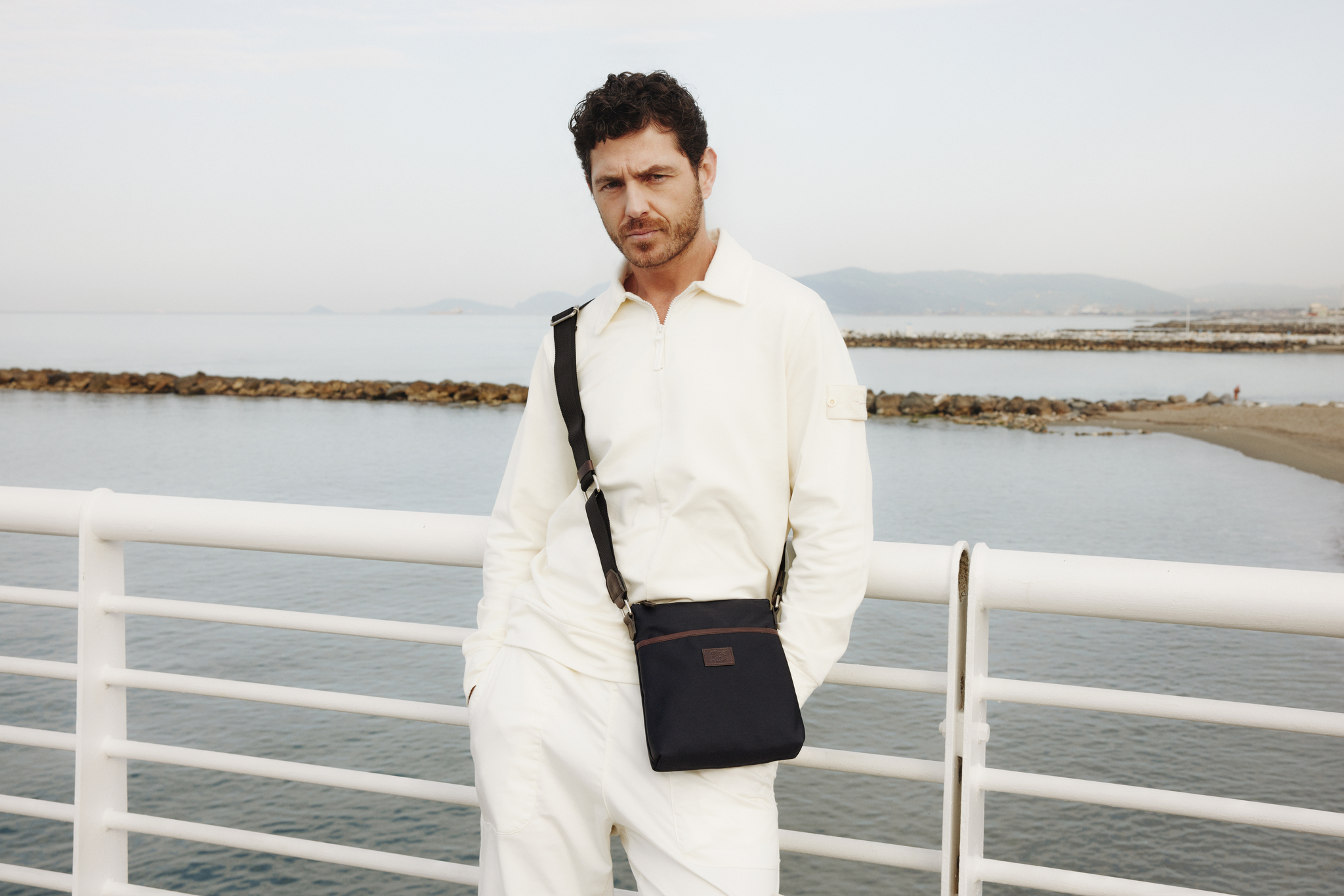
V Magazine: What did the brand look like when it was all started? Talk to us about those earlier years.
Luigi Ceccon: The company was found in 1970 by an artisan, Wanny Di Filippo. So it was a very small artisanal, passion project, which grew larger and transformed itself into a proper company. From the very beginning, it was very clear that the foundation of the company was based on sustainability. Given the name itself, it actually does not mean that we use bison leather, but its rather about a sort of homage to the animal, which has become a symbol of sustainability for us.
V: In terms of sustainability, that’s an interesting point for starting a brand to base itself on.
LC: Especially 50 years ago.
V: Yes, especially in the 1970s. But, fast forward now to 2022, what does sustainability mean and look like for the brand today?
LC: The fundamentals from the very beginning were about sustainability in a 360-degree approach. They only worked within an array of 30 kilometers away from the center of the city, and sustain all of these small artisans that collaborate and work with the company. Even so, commercial sustainability, because the brand doesn’t make products that you throw away after one season–they are meant to last for a lifetime. So now in 2022, the company continues to work in the same capacity–producing in the same way, in the same places, and supporting the territory always, and we have no intention to change but we also started wanting something more. So we are selecting and choosing projects, such as Orti Dipinti, that share the same criteria and are hundred percent aligned to the main philosophy of the brand in terms of sustainability. These projects are made to continue through the times, to last longer. It’s a very difficult process of selection because I’m very strict in the criteria that need to be checked when selecting the project. But this is why when I find projects like Orti Dipinti, that correspond with our philosophy, is when the company marries a project for a long time. This project is very dear to our team because when I’m at Orti Dipinti, it felt like home–even before thinking of the partnership. Another thing, in order to be really sustainable, the company needs to work in a very concrete way, and be based on solid fundamentals in order to be able to approach solid and serious sustainable projects that are made to last long, because otherwise, you [end up] trying to follow trends that are not made to last.
V: It’s a lifetime commitment, I like that. You’re making sustainability, not just the product, but the entire ethos of the brand.
LC: Even the production [side of] the company, but it’s personal for me because the team also shares the same values, which is something quite rare. We are a small group of people but with clear ideas. They are 131 people in total in the company and 67% are women.
V: Going into the products, I saw a few sketches from the archive from the seventies and beyond, and looking at the way things are done, it really has stayed pretty much the same. But how is the brand making products for the modern-day? What has that evolution of modernizing a storied brand been like?
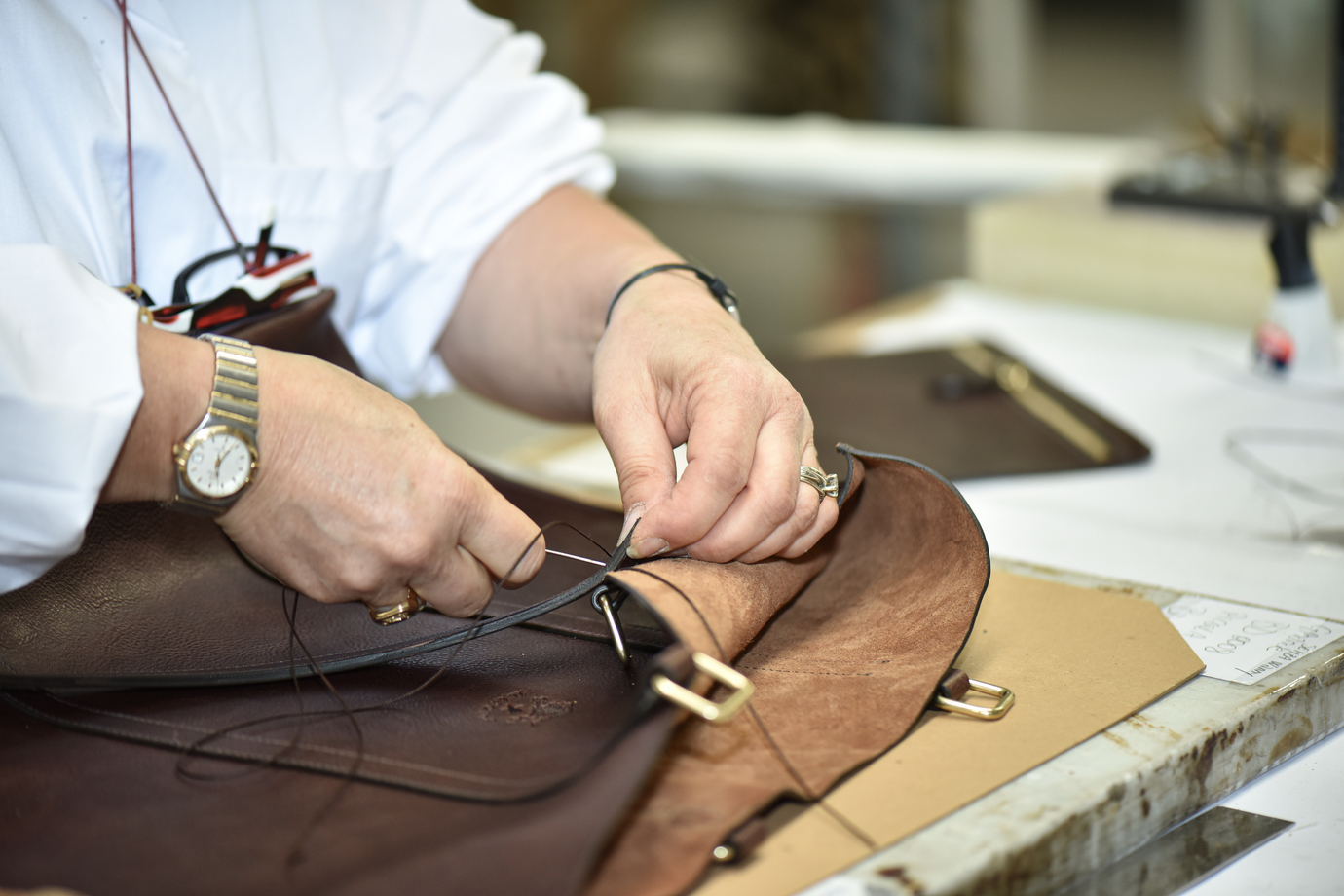
LC: It is not easy. It’s a very complicated process. But [it is] a process that is based on history and meant to honor the heritage because without it, nothing would exist now. With that in mind, [it’s been about] trying to make a product that keeps those values but translates them in a contemporary world. Making products with a contemporary model, not only for the aesthetic but for the usage because within 50 years, we’ve changed so much and some objects became obsolete.
V: It’s great that the brand is aware that if products serve no function, you have to adapt in an original way. I feel like with the range of accessories that the brand does, is there any interest in going in other categories beyond just leather accessories?
LC: So this is a good question. We know how to make what we do, very well. We are proud of what we do and what we can do with our hands–keeping that artisan [touch alive]. We don’t think we need to go bigger. Maybe a leather jacket or so could be done, but for a moment, the main mission is to make sure that everybody knows about what we do and bring [it to] many more markets and make sure that people appreciate and understand it. Then, maybe one day, we could add something, but still always [sticking towards] the know-how, which is leather and leather goods.
V: With that concentration of leather, I saw the use of different textiles besides leather being used in the new collection, whether it be woven fabrics or nylon bags. How serious is the brand in getting into those materials and how does that play into the sustainability part too?
LC: From the beginning, Il Bisonte has always mixed and included fabrics [aside from leather]. We’re very careful about what we choose. So the fabrics are all made and woven here, and with nylon, in certain specific cases, it’s important to use it. It gives extra performance to the product, so [every design decision] guarantees total control of every single piece.
V: You can certainly see the level of attention in the workshop, especially since there is a one-person involved for every single step from cutting to stitching to even adding buttons. Is there any way that the steps involved could be simplified or is that something fundamental that the brand wants to keep?

LC: If we really want to keep these intimate components, which for us are so important, we cannot reduce them. It is possible to reduce them by going into a more industrialized production, but this isn’t something that we want to do.
V: With all the artisans being involved in every single piece, I feel like there’s bound to be some sort of level of creativity that some of these artisans would want to bring forward. Does the brand celebrate the creativity of the artisans and welcome new ideas into the mix, or is it sort of a standard design that everyone follows?
LC: With the company’s philosophy, based on the product lasting for a long time, we work with a design team, which is part in-house and part consultants that we’ve worked with for a long time. So together, everything is made with the big effort of this company and [our] designers to create products which are made to last for life. It would be a mistake to follow the trends. Let’s say today we want fringe, and next season, it’s out and we have to throw away the bag. So, there are [definelty] seasonal changes [that are] made more subtle. It requires some time for us to find the right balance. With the new collection, they really made it to have a good balance between heritage and the new.
V: How did you first hear about the brand? Could you tell us how early your involvement was?
LC: Well, I actually come from the motorcycle industry, and one day, I got promoted to be the general manager of the group [I was with], and I said ‘Okay, it’s time to get a gift for myself.’ and I went straight to the Il Bisonte store and bought a beautiful bag. This was 30 years ago–it was destiny. Then, I had the first meeting with the founder of Il Bisonte and I arrived with my bag and the founder, who is a very special person, said ‘You’re a bad person. You bought an Il Bisonte bag just to do this meeting.’ I said, ‘No, this is actually 30 years old.’ And that is when they welcomed me in, and where the story starts.
V: It’s really a full-circle journey. From talking about the past, the present, and now the future–where do you hope the brand will go?
LC: First, we need to get out of this complicated situation with COVID, then the Russian and Ukraine war, but starting 2023, we will begin conquering other markets, somewhere we are already present and some new, but the first one will be the United States. So for the moment, in the US, we have a store on Bleeker Street in New York City, and now we are working on opening new stores and implementing distributions there.
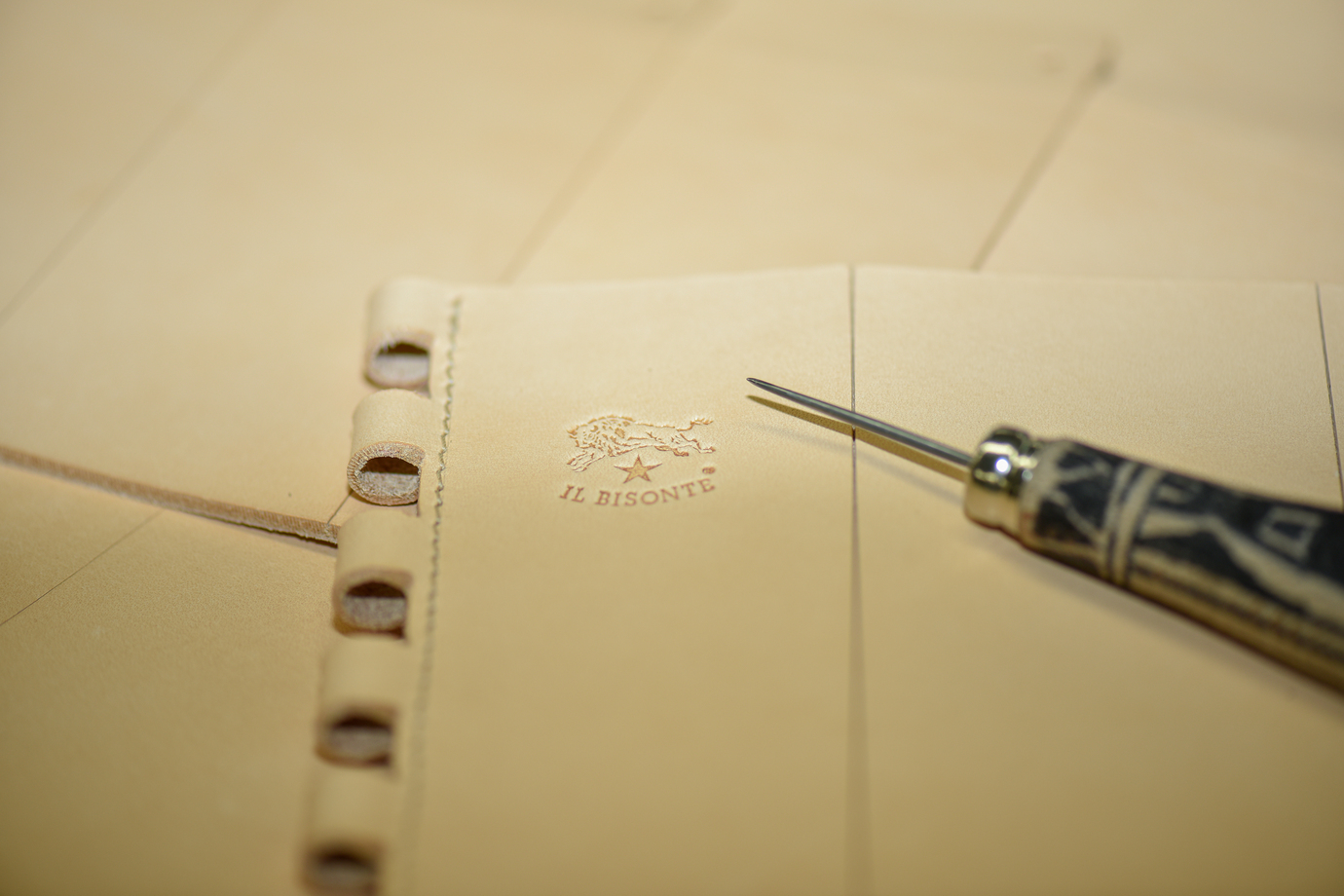
Discover More
